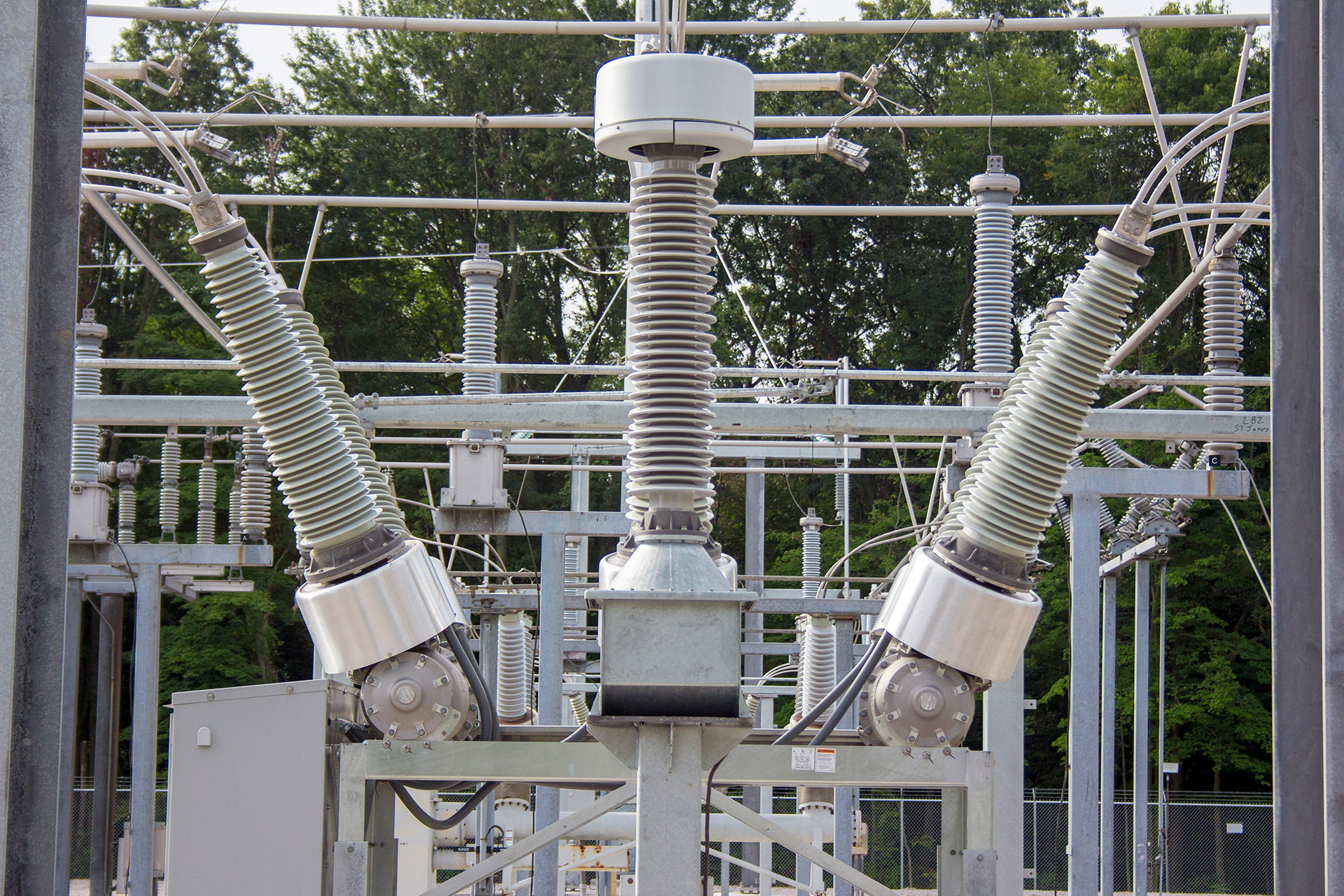Substation Project a Top Priority
Substation project near James DeYoung power plant now complete
The planning for electrical infrastructure is vital to the local community. Because of that, the HBPW leadership team spends years planning every detail. With the creation of a new substation located at Pine Avenue and 3rd Street, the process began 15 years ago.
Designed to fill the gap left by the retirement of the James DeYoung (JDY) power plant, the substation is responsible for providing power to the waterfront, Hope College and as far west as Kraft Heinz. HBPW brought it online to carry a full load at the beginning of the last fiscal year.
“JDY discontinued generating but still served as a substation and housed distribution circuits that served the downtown area,” said Steve Bruinsma, Electric Distribution Superintendent. “We needed the new substation to take on that load and it has done that for nearly a year now without any issues.”

Completed within the planned timetable, the substation is one of ten HBPW has in place that serves the Holland area and is about the same size as the others, featuring 10 distribution circuits.
Part of the planning process for the project was coordinating with other contractors, including an engineering firm and construction firm to help with the installation process. For HBPW, this careful planning was vital so that customers would experience reliable, uninterrupted service.
“It takes a bit of choreography to make it happen and do it without interruption to our customers. The customers never saw an outage throughout this entire process.”
– Steve Bruinsma, Electric Distribution Superintendent
“Pine Avenue was even more important than other substation projects from a reliability standpoint,” Bruinsma said. “With this replacing JDY, we had to carefully compose the timing so that we could maintain reliability to our customers. With about eight percent of our customers formerly fed from JDY, getting this up and running was a crucial step for us.”
The smooth transition was made possible through a double redundancy system by moving customers to another substation until the new circuits were operational. At that time, the customers were reconnected to the new substation.
“It takes a bit of choreography to make it happen and do it without interruption to our customers,” Bruinsma said. ”The customers never saw an outage throughout this entire process.”
